The greenhouse at Stonegate Farm has been transformed this month from a cool, empty glass box to a biosphere of warm green life, taken over by the bustle of seed starting.
It’s Hope Central for the farm, a strange and wonderful refuge of genetic desire. The greenhouse is where you lay out your floral and vegetal longing in orderly blocks of soil, pinch in an improbable speck of seed and say your prayers. Ora Pro Nobis..
Ideas incubate as well here; what to interplant this season, how much of this variety to grow, when to start that. You test plant in coconut coir, or seed start under the cosmic pull of a full moon. You glaze young greens with an emulsion of fish and seaweed and imagine low tide. It’s all very seductive, to be inside this small ship of hope, when the gray and cold of late March is still clawing at the glass.
You pump iTunes through your brain to give rhythm and meter to the monotony of planting, or a sacred dirge when thinning fragile and crowded cotyledons (yes, even though they have a fetal heartbeat). You meditate on the meaning of growing food for yourself and others and why it matters..
This season, with the first expansion of the farm in five years, it’s a wonderfully crowded house. The cut flowers alone, preening beauties that they are, have laid claim to half the space, while the dozens of new vegetable varieties pack the aisles. Maybe we should crank some Green Day into the glassy mosh pit?
While I was away from Stonegate this winter, having fled to Europe on an annual Bavarian hajj where my family, alps and mountain huts beckon, these plans were all virtual, scrawled out in journals and circled in dog-eared seed catalogs. My absence always seems to make the farm grow fonder. I miss the weight of organic dirt caked into worn boots, the midnight rustling-up of lost and frightened chickens, the fussy coddling of pears and quince in an orchard.
Even while the requisite storms gave us a climatic battering, and kept me cursing the gods from far away, I couldn’t wait to pick the farm up and start all over again.
But that’s just part of why we do this. As gardeners, growers, and micro-farmers , we see things as we are, and if we’re joyful, hopeful souls, we’ll always come back, happy to press our wills against the vicissitudes of weather and temperamental plant habit; to fungal disease and the relentless, destructive hunger of insects an critters.
“Though I am an old man, I am but a young gardener,” said Thomas Jefferson at the end of his life, and we will do no better. We’ll leave this world wanting one more season, one more heirloom tomato to grow and swoon over, one more squash or melon variety to trail and taste.
For now, we’re in the greenhouse–the glassy, pulsing heart of the farm–seeing things as we are.
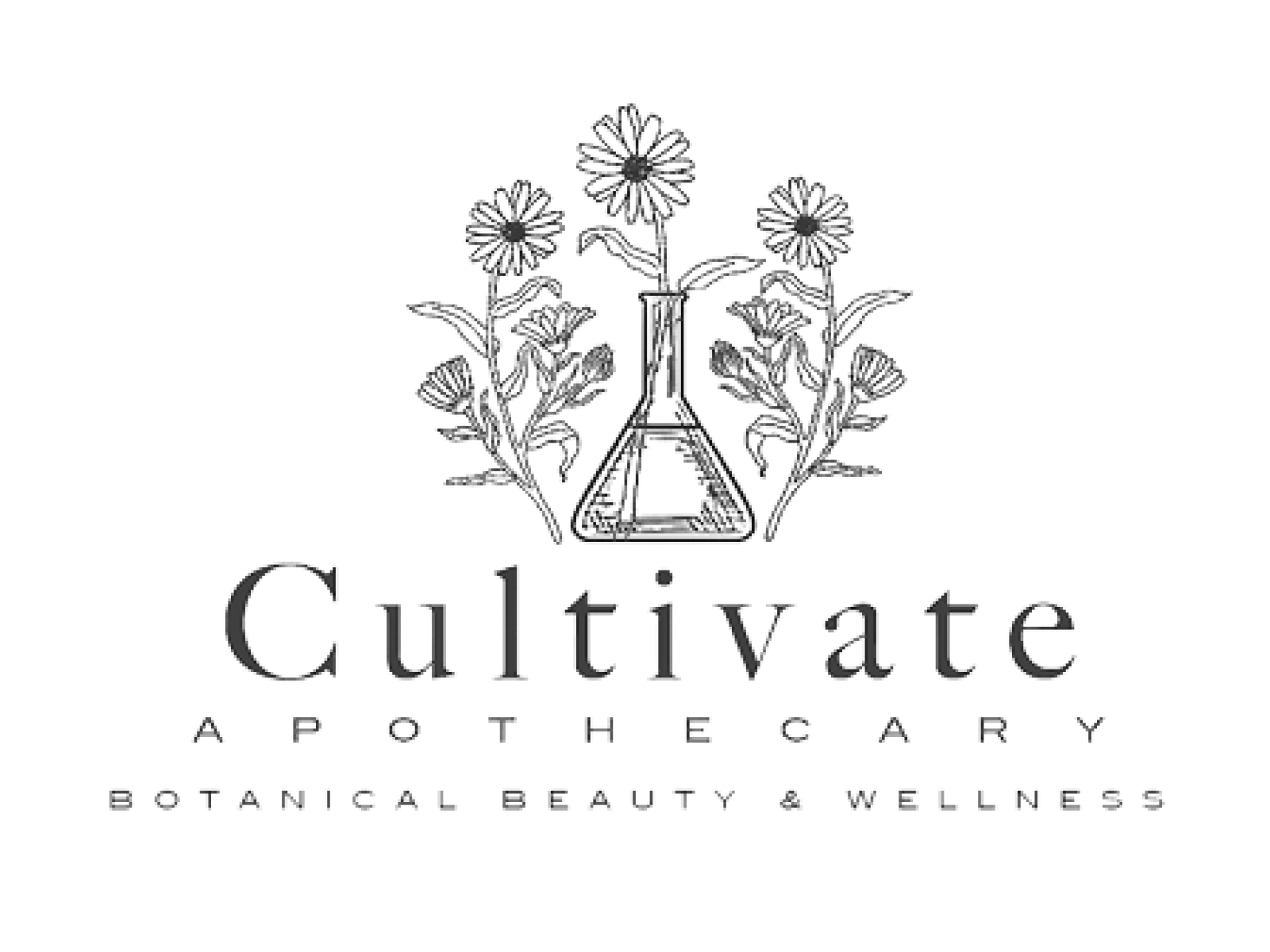
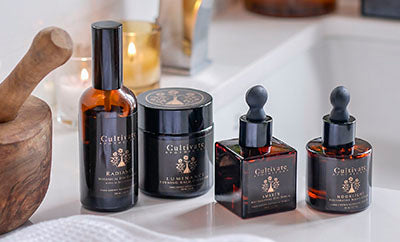


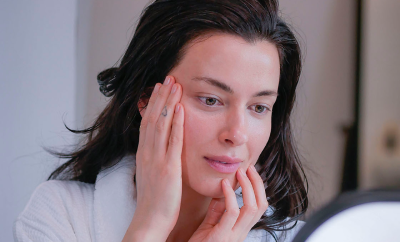
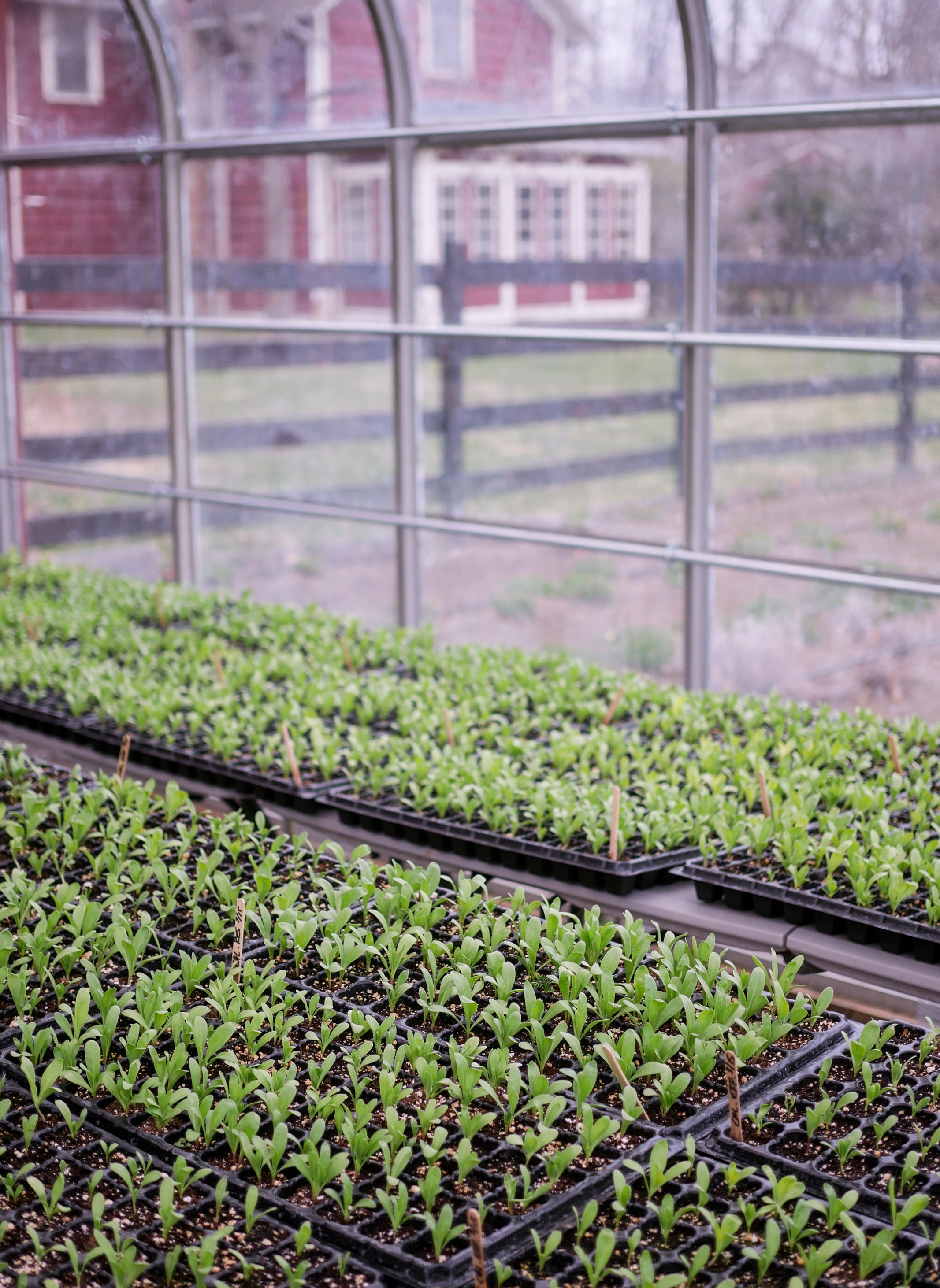
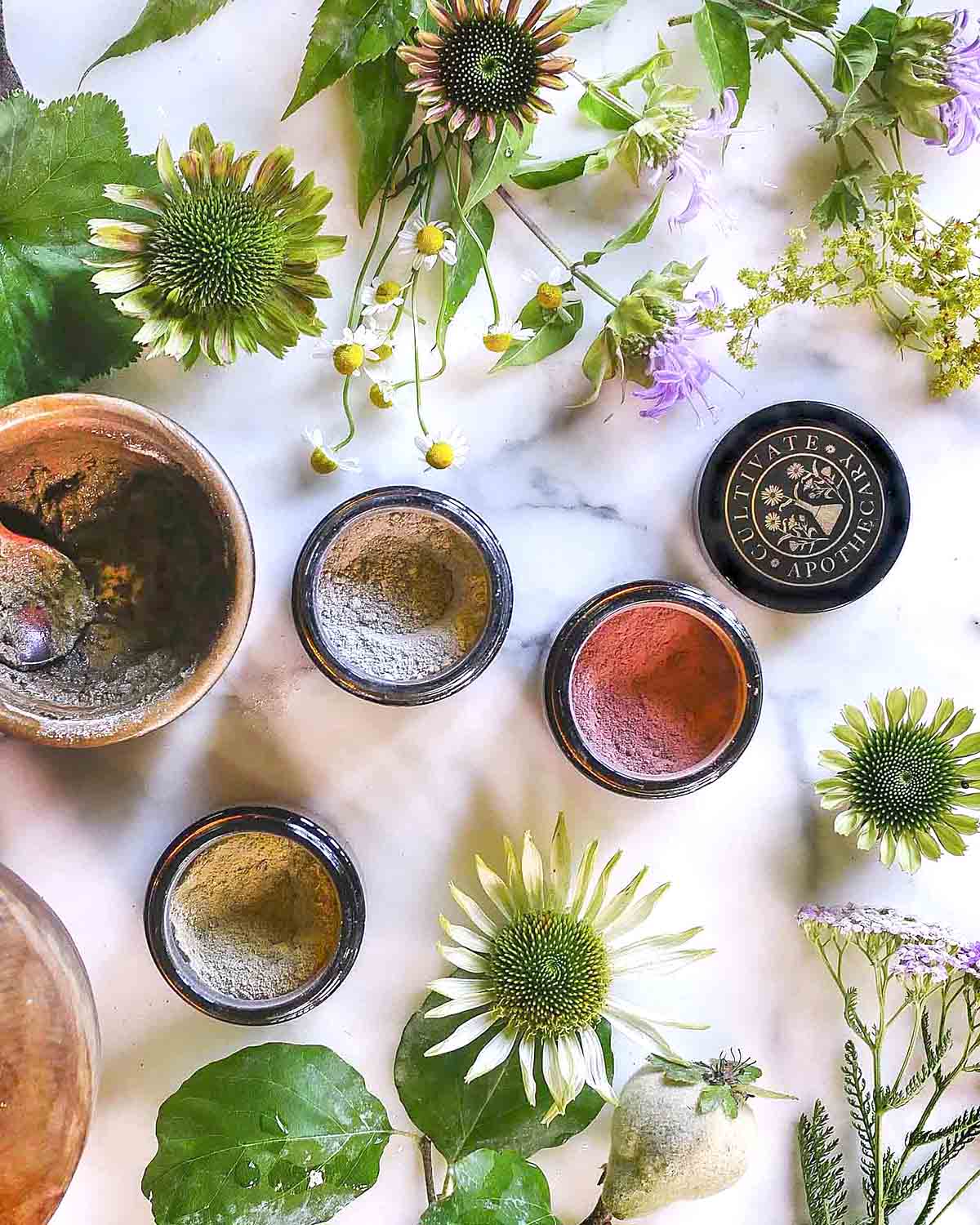
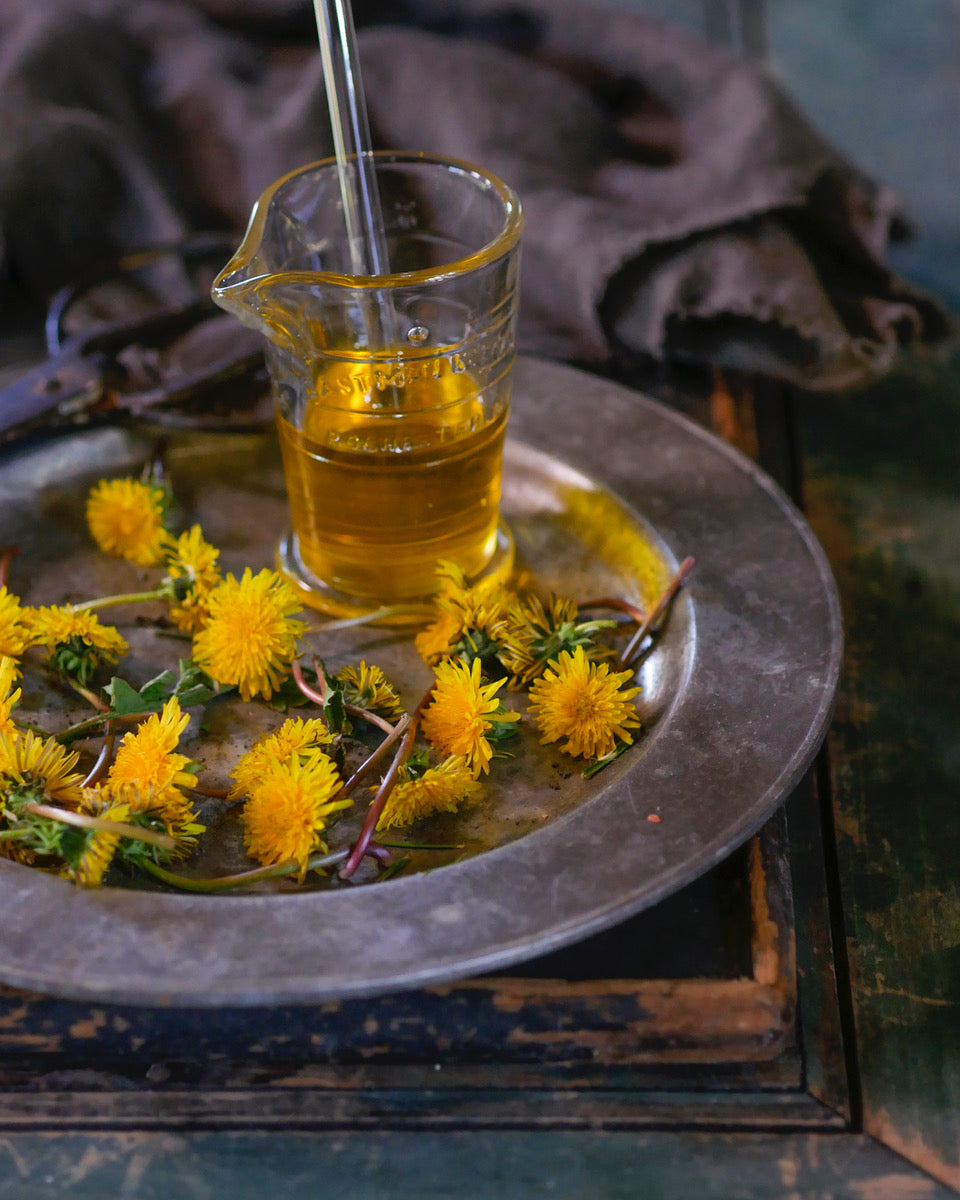
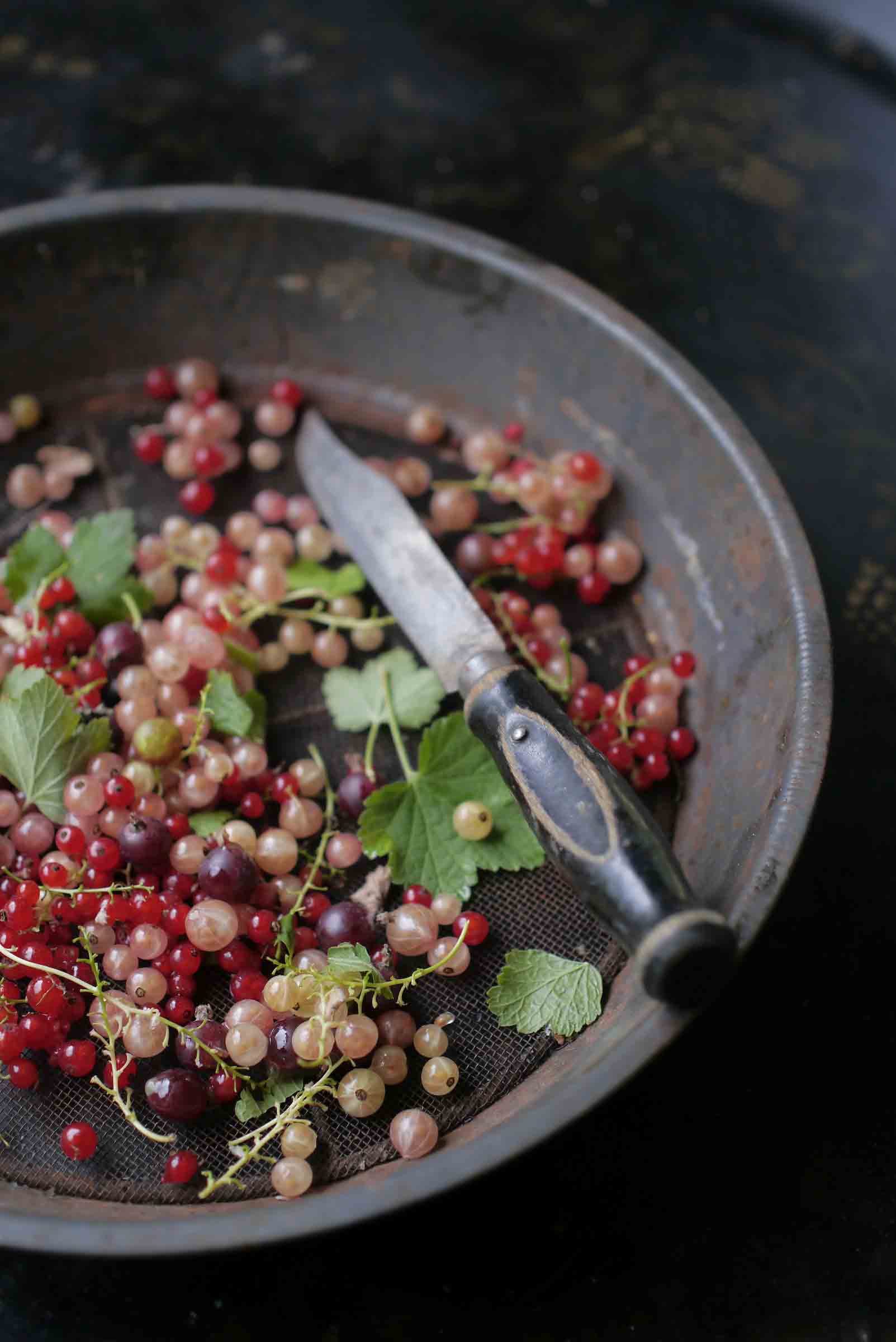
Leave a comment